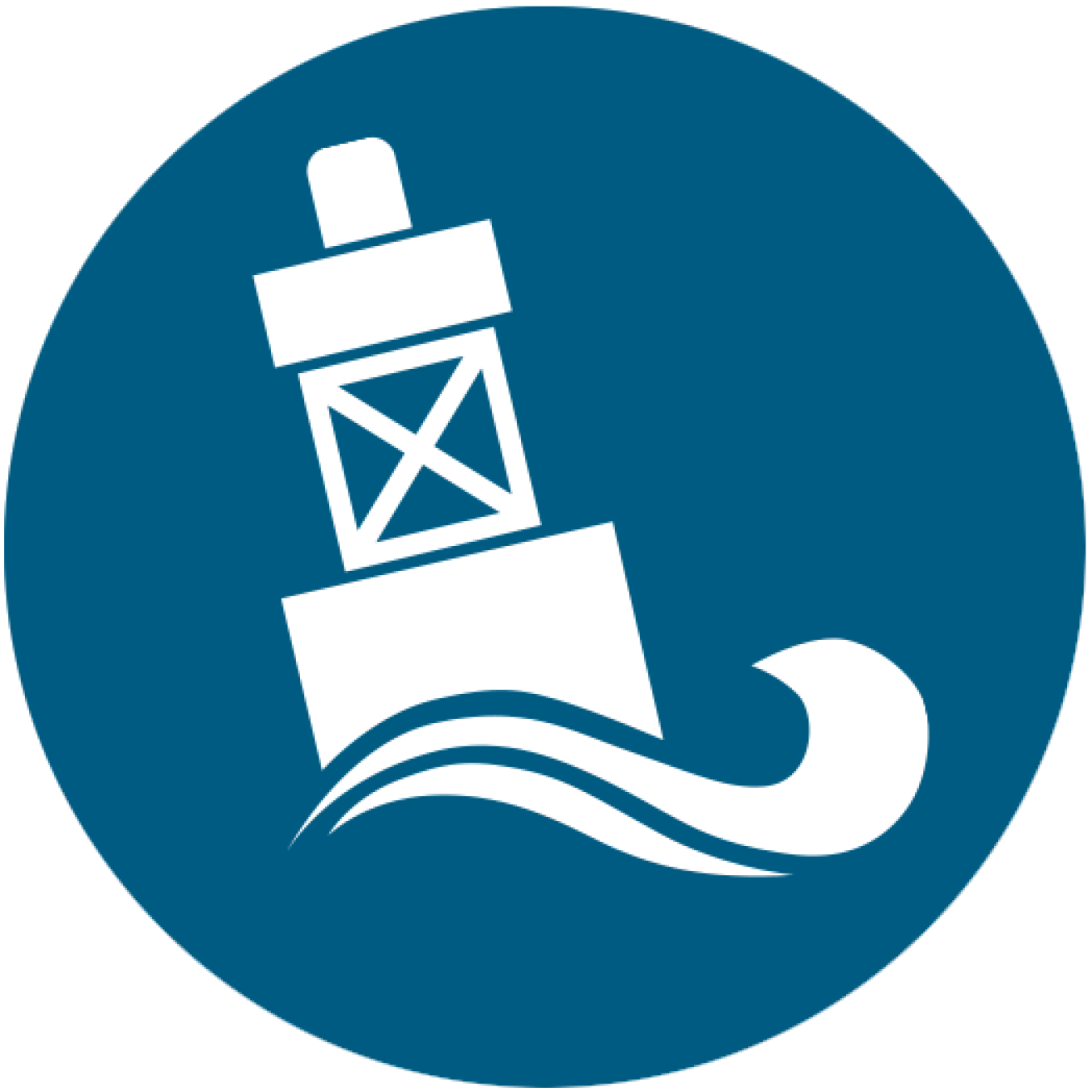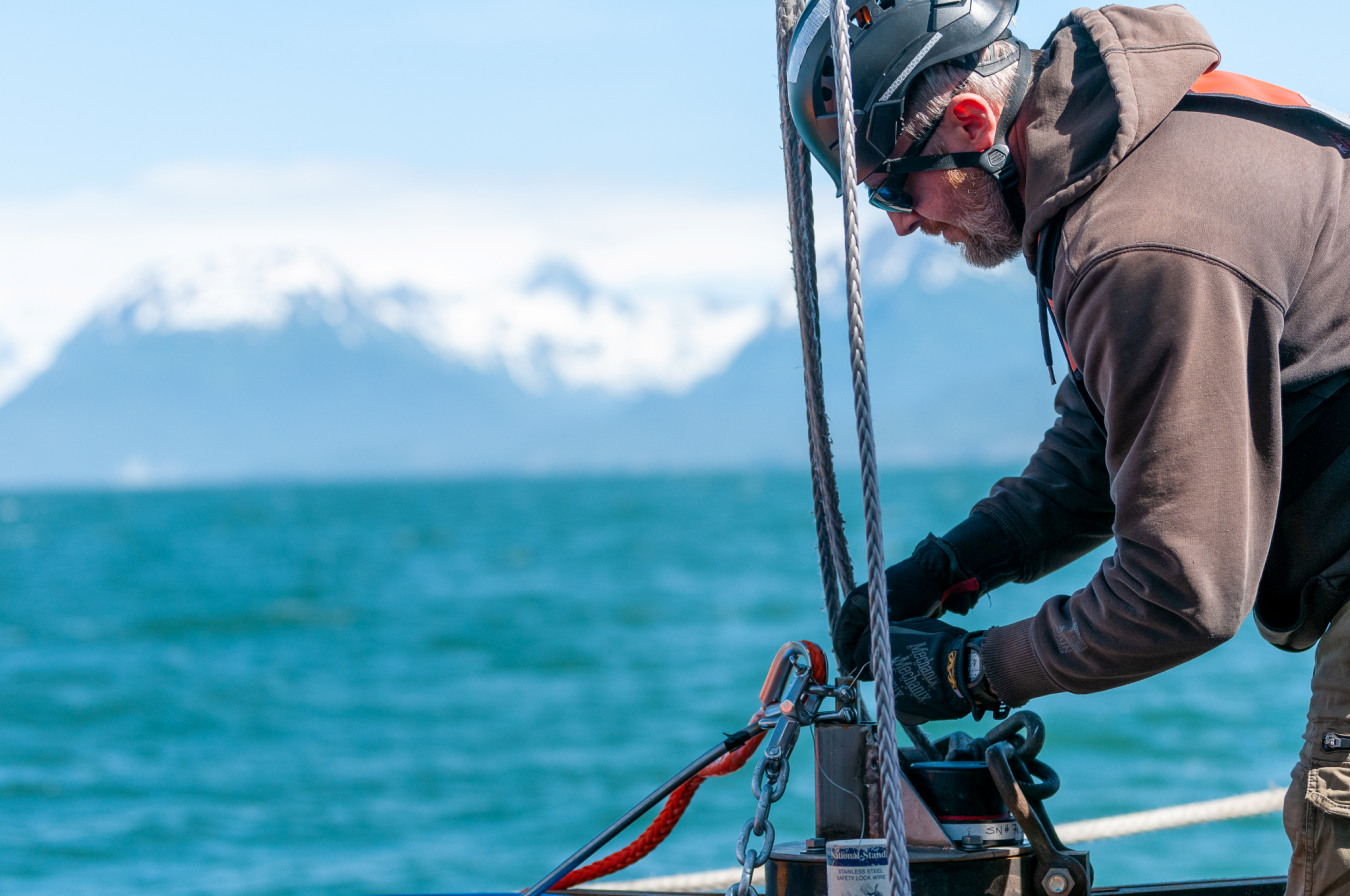A new study found that tidal energy could help Alaska decarbonize its largest electrical grid by 2035.
Water Power Technologies Office
July 25, 2024
MARINE ENERGY PROGRAM
Foundational Research and Development
Project Name: Quantifying the Grid Value of Marine Renewable Energy in Early U.S. Markets
Project Team: National Renewable Energy Laboratory
Lead Recipient Location: Golden, Colorado

With support from the U.S. Department of Energy's Water Power Technologies Office (WPTO), researchers from the National Renewable Energy Laboratory (NREL) published a study that quantifies, for the first time, the important role tidal energy could play in Alaska’s largest power grid, the Railbelt. In the April 2024 study, Evaluating the Impact of Tidal Energy in the Cook Inlet on Alaska’s Railbelt Electrical Grid, the authors determined that tidal energy could contribute to decarbonizing Alaska’s Railbelt by 2035 and could help generate clean fuels like hydrogen, which could boost the state’s economy.
Alaska’s Cook Inlet contains some of the largest tidal energy resources in the world and flows right up to the Railbelt grid system, which serves approximately 75% of the state’s population, including major cities like Fairbanks and Anchorage. Tidal energy systems capture power through the movement of water as tides go in and out. Tides are uniquely predictable—with accuracy to the nearest inch over a decade in the future—meaning this resource could help balance other sources of renewable energy on the power grid.

However, because tidal energy systems are still a relatively new renewable energy technology, it’s been challenging for states and utilities to quantify exactly how much energy—and other benefits—they can get from this resource. With that in mind, a team of NREL researchers partnered with the Homer Electric Association, a utility that operates a portion of the Railbelt grid near Cook Inlet, to help accurately assess the value of Cook Inlet’s tidal energy resources in Alaska.
The NREL researchers developed a power systems model, combining both theoretical and real-world data, to estimate how much energy Cook Inlet could generate for the Railbelt over time. For example, the team considered estimates of how much energy today’s Railbelt grid could support and how much tidal energy the inlet could produce in 2035.
The results showed big potential: Today’s Railbelt grid could support up to 200 megawatts of tidal energy, enough to power at least half of the 115,000 homes in Anchorage. After planned upgrades, the grid could handle up to 300 megawatts, almost enough to power the entire city. But power isn’t the only benefit. According to the study, tidal energy could help reduce the grid’s carbon emissions by up to 37%.
The technical resource potential of Cook Inlet is estimated to be 80 terawatt-hours per year—more than 15 times the present-day Railbelt electricity consumption of approximately 5.2 terawatt-hours per year. This is far more potential energy than the Railbelt could support, and that extra power could be used to produce clean fuel sources, like hydrogen or ammonia, which Alaska could use or export overseas.
Of course, all these estimates depend on whether tidal energy technologies achieve commercial success by 2035. But according to the study, if the technologies are ready by that date, tidal energy could fulfill about 14% of the Railbelt’s total electrical demand in 2035 or even 20% once planned Railbelt upgrades are complete.
For more information about renewable energy on the Railbelt, see NREL’s report, Achieving an 80% Renewable Portfolio in Alaska’s Railbelt: Cost Analysis.
Stay in the know with WPTO! Receive the latest information on funding opportunities, events, and other news by subscribing to the Water Column newsletter, as well as the comprehensive Water Wire newsletter.

